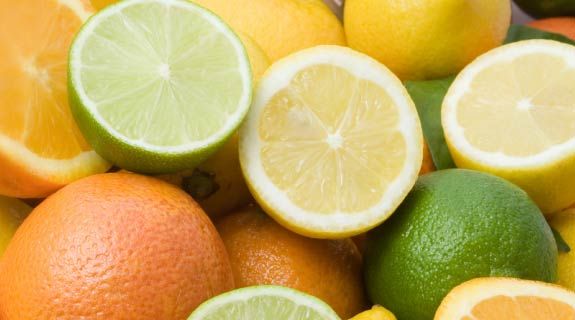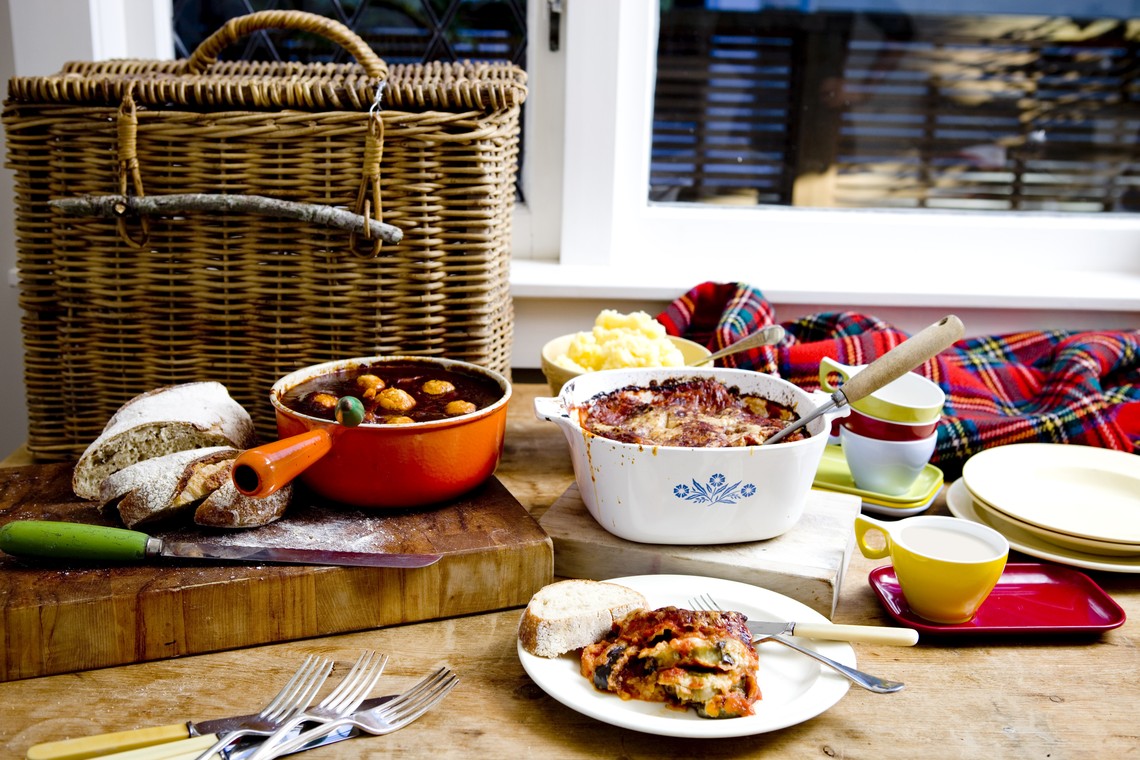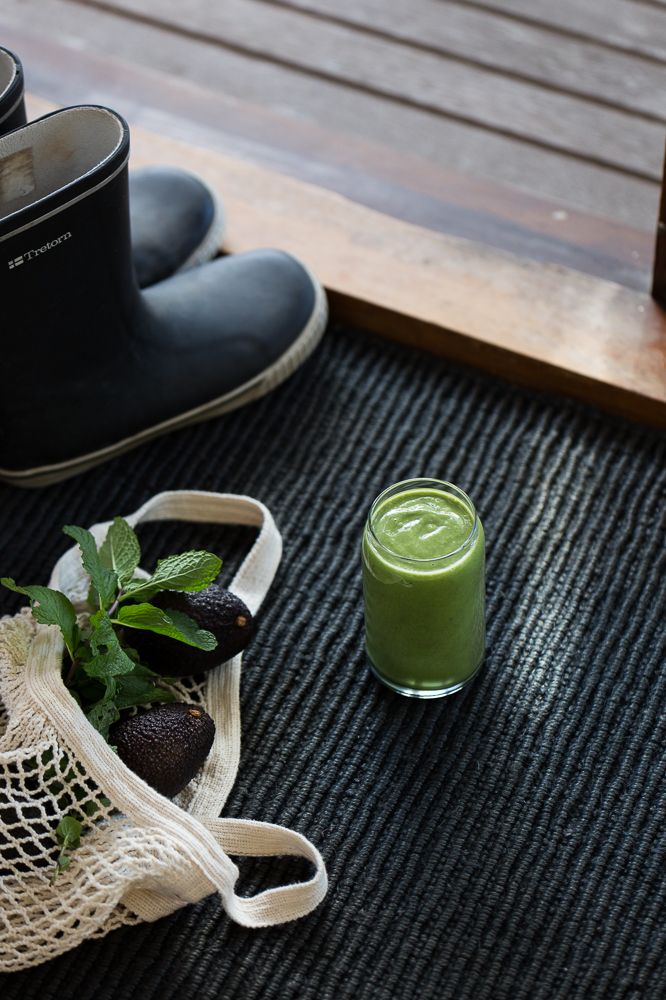You’ll no doubt know a citrus tree groaning under the weight of its currently ripe fruit. Don’t let good grapefruits and oranges rot into the ground. Grab an armful or two and turn them into a delicious preserve
Whether you’re urban, surburban or rural, you’ll no doubt know a citrus tree groaning under the weight of its currently ripe fruit. Don’t let good grapefruits and oranges rot into the ground. Grab an armful or two and turn them into a delicious preserve. If it’s not your tree, strike a deal: their citrus for a few jars of your preserves
Grapefruit marmalade
Adapted from Gilian Painter’s A New Zealand Country Harvest Cookbook.
You can make marmalade with any citrus, really, but most people favour grapefruit (which makes a pale gold, sharp-flavoured clear marmalade). Lime, Seville oranges and kumquats are good for a clear marmalade, while oranges make a cloudy marmalade. You can mix any combination— experiment to find what you like best.
Weigh your fruit. Don’t try to do more than one or two kilos at a time unless you have a huge pan, and a lot of time to stand and stir later.
Slice thinly on a plate, removing pips as you go, and put peel, flesh, pith and juice into a large bowl. You can, of course, just put everything except the pips in the processor—the result will taste much the same but look less attractive.
Tie the pips in a bit of cheese cloth or old linen tea towel, and put the package in the bowl too.
Cover the fruit with three times its weight of cold water (3 litres of water for 1kg fruit) and soak overnight. If you want a much thicker marmalade, use two litres of water to each kilogram of fruit.
The next day, tip the fruit, water and pip package into a preserving pan or large pot and bring to the boil.
Cook steadily until the rind is tender and clear. Remove and cool the pip package, and squeeze it into the mixture—the jelly-like juice from the pips is very high in pectin, the natural fruit setting agent.
Measure the pulpy mixture, and return it to the pan with ¾ cup of sugar for every cup of pulp.
Stir till sugar is dissolved; bring to the boil.
Put your jam jars in the oven and heat to 60°C while you cook your jam or jelly—this will sterilise them as well as making them less likely to break when you pour hot jam into them.
Boil fast until the jam will set. Test after 10 minutes by putting half a teaspoon on a cool plate. After a couple of minutes, push it along the plate with your fingertip. If it has a skin that wrinkles, it’s ready. If not, keep boiling and stirring—test at five-minute intervals. It may take anything up to an hour, depending on fruit quality, quantity and weather.
When ready, pour carefully into hot jars, and seal when cool.
Rich orange jelly marmalade
If you want a really special treat, it’s hard to beat this marmalade. It has a rich orange flavour and it looks divine.
- 4 large oranges
- 2 lemons
- 9 cups water (2.5 litres)
- sugar to measure
Remove the peel of the fruit, preferably with a zester (if you use a vegetable peeler, shred the peel finely). Put it in a pot with 3 cups of water and simmer for 1½ hours.
Cut up the rest of the fruit coarsely, put it (pips and all) in another pot with 6 cups of water and cook for 2 hours.
Drain the liquid from the peel into the pan with the fruit.
Strain the fruit pulp into a large bowl or pot for an hour, through a jelly bag (an old tea towel, or cheesecloth, suspended on a broom handle between chairs will do).
Don’t squeeze the bag—you’ll make the jelly cloudy.
Measure the juice into a preserving pan or large pot, bring it slowly to the boil, then add one cup of sugar for each cup of juice.
Stir till dissolved, then add the shredded peel and boil till setting point is reached (see above).
Remove from the heat and let the jelly stand until a skin begins to form.
Stir gently to distribute the shredded peel evenly through the jelly, and ladle into sterilised jars. Do not move the jars until the jelly has set firmly.
If you are lucky, you will end up with jars of bright orange jelly, shreds of zest throughout. If the zest has floated to the top, you can always stir it through when you put the jelly into a dish to serve—in any case, it will taste and look delicious.
Orange chutney
This chutney is delicious with fish, poultry or lamb, with cheese or hummus, or just on bread or crackers.
- 2 large oranges, zest removed, pith discarded
- 2 apples, cores removed
- 2 large onions, peeled
- 100g raisins
- 1 cup brown (or white) sugar
- 1 cup malt (or cider or white) vinegar
- 1 tablespoon ground ginger, or finely chopped fresh ginger
- 1 tablespoon salt
Chop orange flesh, apple and onion finely, put with orange zest and other ingredients into a large pot.
Bring to the boil and simmer slowly until the fruit is tender (at least an hour).
Spoon into hot, clean jars and seal.
Lemon curd
Whether you know it as lemon honey, lemon curd or lemon cheese, this deliciously tart spread goes by all three names. It can also be made with lime instead of lemon.
- 2 lemons (preferably the sour Lisbon ones, but the others will do too)
- 125g butter
- 250g sugar
- 4 eggs
Beat the eggs in a heatproof basin, add the butter (chopped or melted), sugar, lemon zest and strained lemon juice.
Stand the basin in a pot of nearly boiling water (or use the top of a double boiler) and stir all the time until the mixture thickens—don’t let it boil or it will curdle.
Pour into small pots and seal. Keep in the fridge, for no longer than three months. Use as a spread on bread or scones, as a cake or tart filling, in desserts, on pavlovas—however you fancy.





